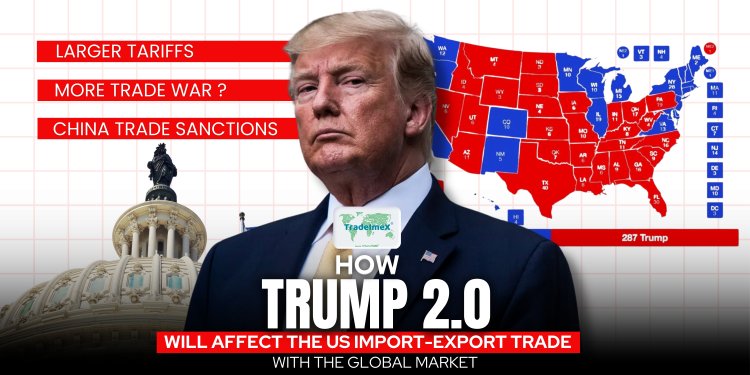Understanding Trump’s Trade Wars
Picture a high-stakes chess game—Trump’s trade tactics aimed at shielding American industries while advocating for fair play. The tool of choice? Tariffs, and plenty of them, on nations seen as having an economic leg-up over the US. These tariffs acted like relentless waves, making foreign goods seem pricier and less tempting, supposedly paving the way for American businesses. But did they actually nurture growth, or was it more like wielding a chainsaw to prune a bonsai—messy and awkward? Industries tied to global supply chains, the energy sector included, ended up in a real pickle, facing huge international economic impacts.
The Impact on the US Energy Sector
The US power sector was staring down a double-edged sword. Tariffs jacked up costs for the oil and gas industries—it’s like trying to build a sandcastle as the tide comes rushing in. Even solar energy got caught in the crossfire, with tariffs pushing up prices for imported panels and bits and pieces. The energy markets in the US had no choice but to adapt quickly, striking new trade deals and finding other supply channels to stay afloat in these stormy seas.
Renewable Energy Challenges
Amid the trade war chaos, renewable energy faced quite a few stumbling blocks. The sector’s reliance on imported renewable resources meant costs went through the roof thanks to those tariffs. It’s like gearing up for a marathon, only to find out the entry fee has tripled—talk about a buzzkill. With tariffs on key materials like steel and aluminum, the tech backbone of renewables, project expenses soared. Companies were delaying projects or getting creative, finding alternative sources to ride out the economic rough patch.
Tariffs and Their Economic Consequences
Throwing tariffs into the mix was like lobbing a boulder into a peaceful pond—ripples spread everywhere. An International Energy Agency report pointed out the major global market shifts these economic shifts set in motion. The tariffs on business had international business relationships rethinking supply chain strategies and pricing models. While aiming to protect industries, these tariffs caused a worldwide shake-up in how industries strategized.
Comparative Analysis: US vs. Global Energy Future
In the aftermath of tariffs, how does the US stack up globally? Tons of countries adjusted to new market norms, forging ahead in solar energy technology and other renewables. It’s like watching a World Cup where some teams master the new playing fields and rules, while others lag behind. The tariffs landed the US in an awkward spot, struggling to keep pace with the fast-evolving energy sector advancements made by international counterparts. One thing’s clear: the US energy landscape needs to evolve or risk losing its competitive edge.
Conclusion
Trump’s trade wars brought about sweeping changes in the energy sector, demanding adaptability, innovation, and a solid dose of resilience. Those all-encompassing tariffs nudged the industry to adapt and remodel strategies. As policies shift, fresh opportunities may arise, nudging forward some pretty innovative energy approaches. It’s like we’re watching a chessboard—all the pieces are set, waiting for the next big move.


